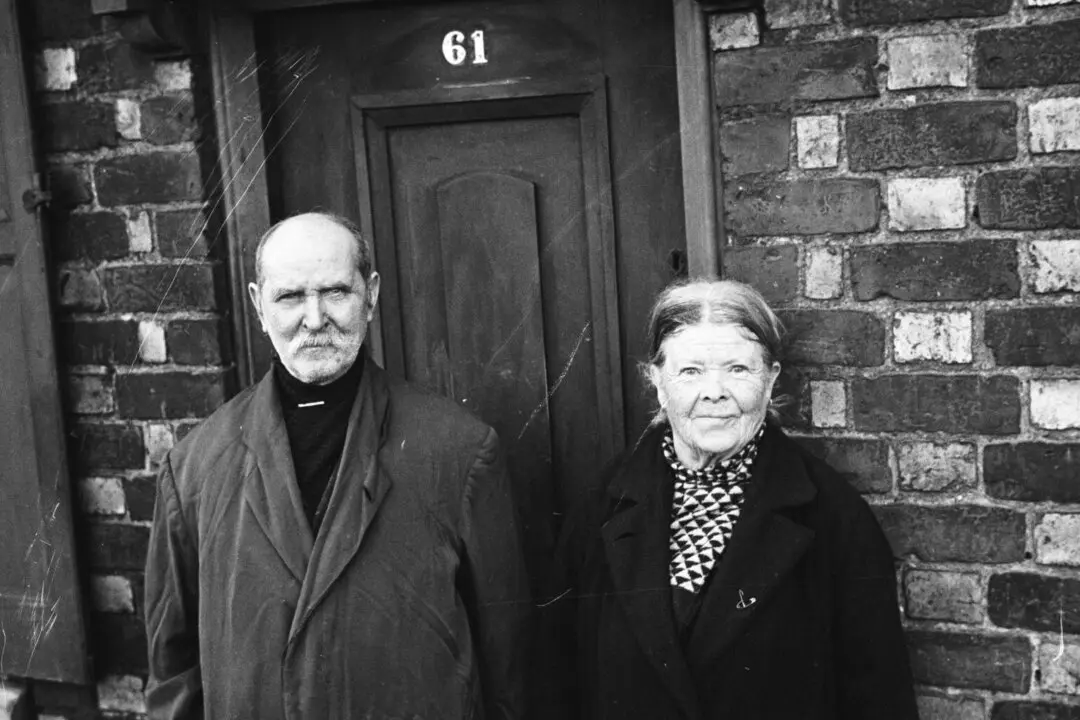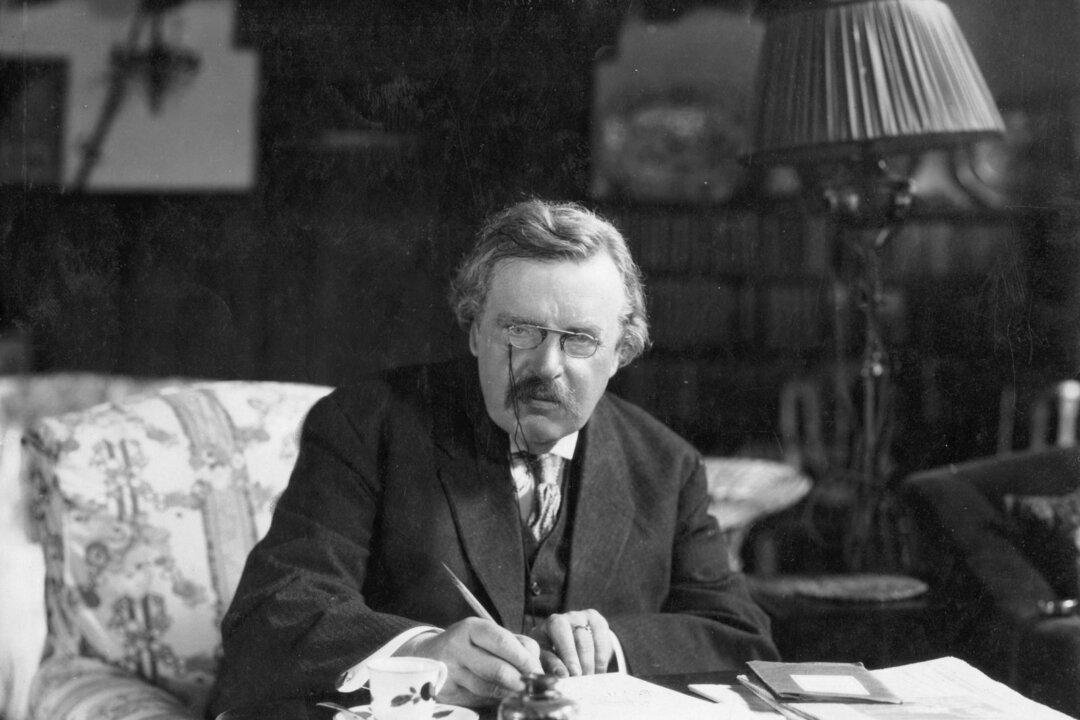“We laugh at honour and are shocked to find traitors in our midst,” C.S. Lewis observed in his profound and prophetic book “The Abolition of Man,” published in 1943. In this work, Lewis describes a number of alarming changes that he saw occurring in education, particularly in the study of literature and composition. Among those changes was an increasing tendency toward belittling texts that try to evoke emotional responses in students.
In many cases, the authors of these textbooks on writing validly critiqued truly abysmal pieces of sentimental writing, such as advertisements, in an attempt to teach pupils what bad writing looked like. They sought to debunk shallow thought and shallow feeling. Yet, as Lewis points out, they failed to provide a real antidote to the bad writing and shallow sentimentality.






